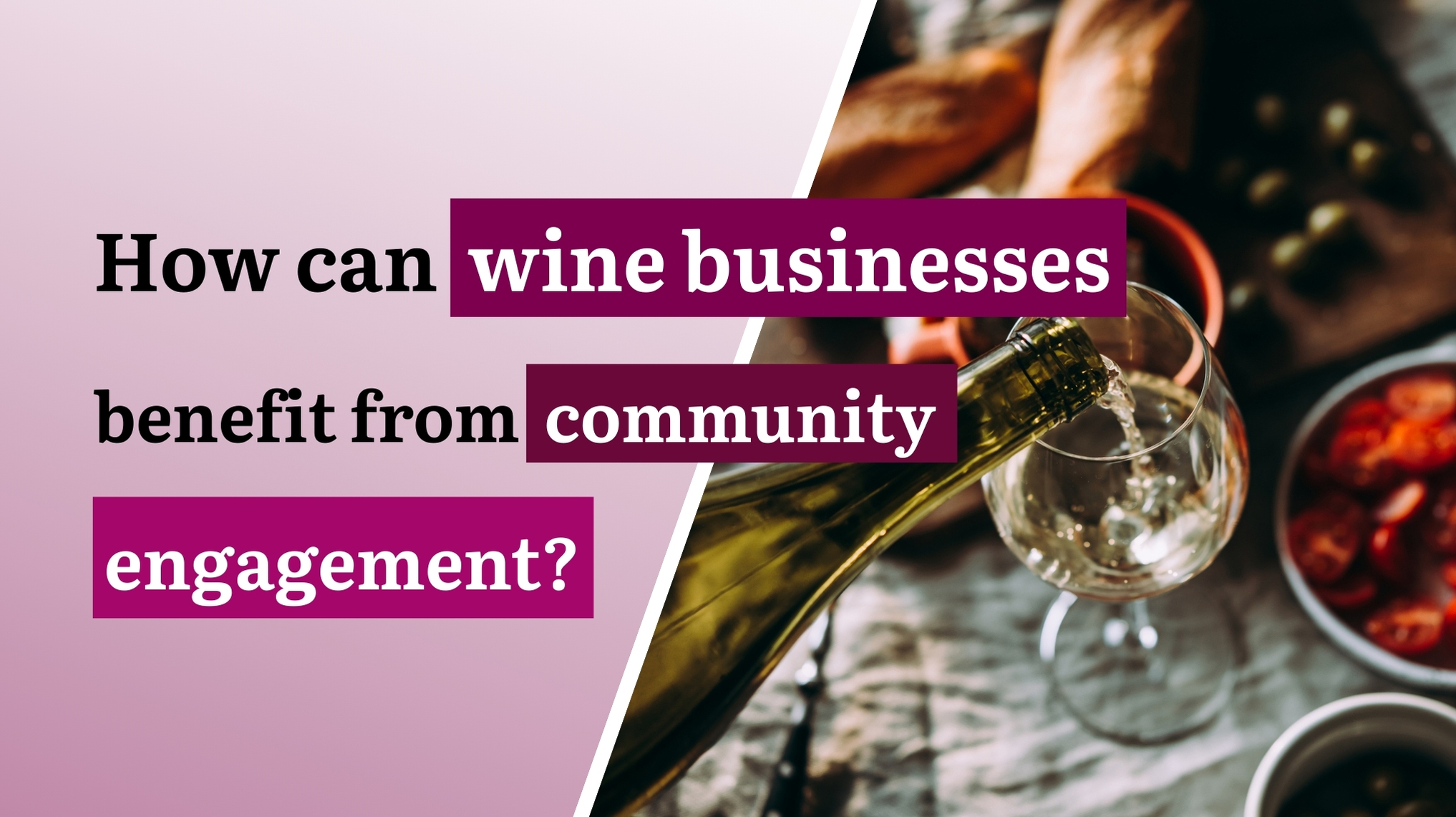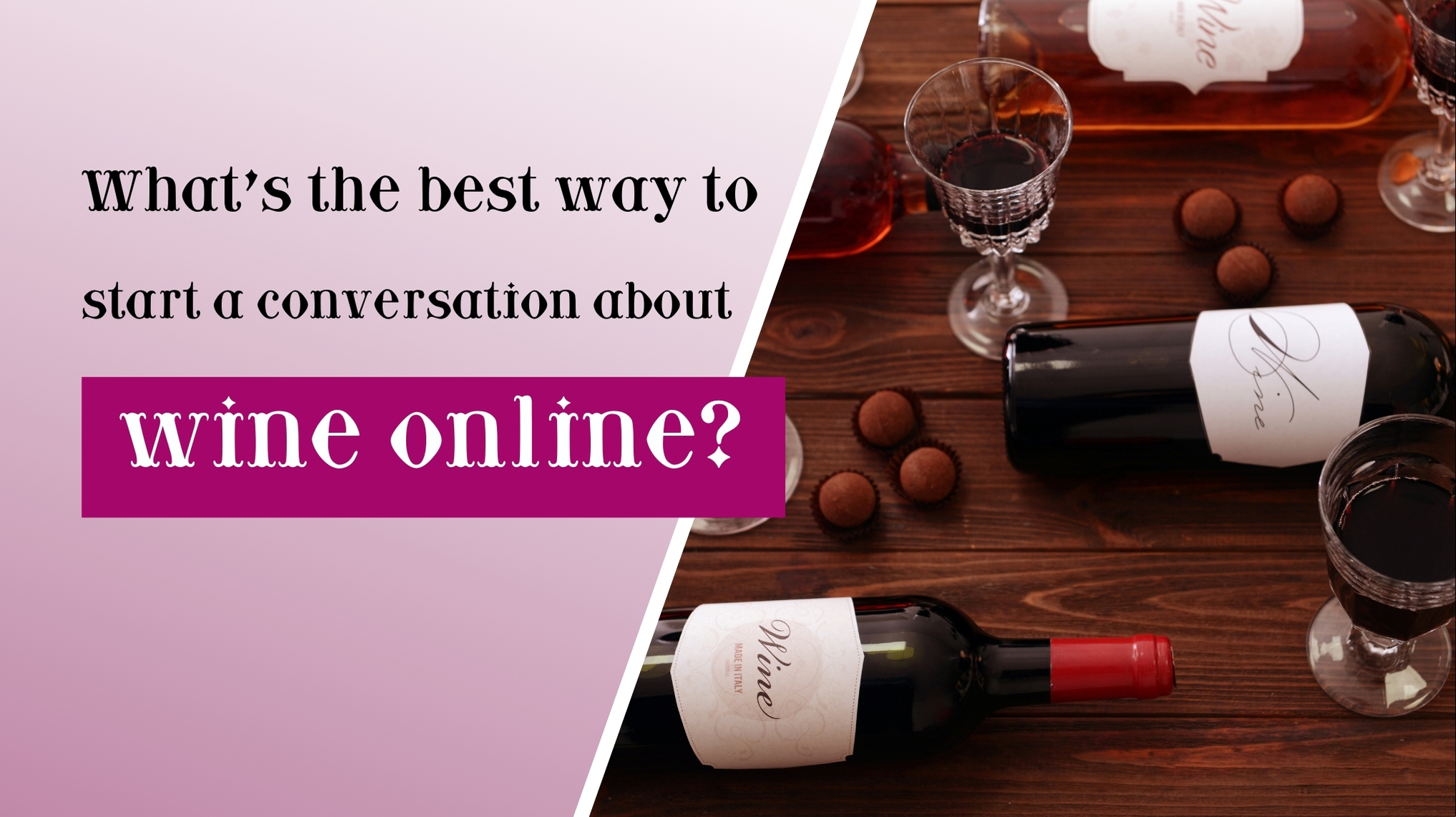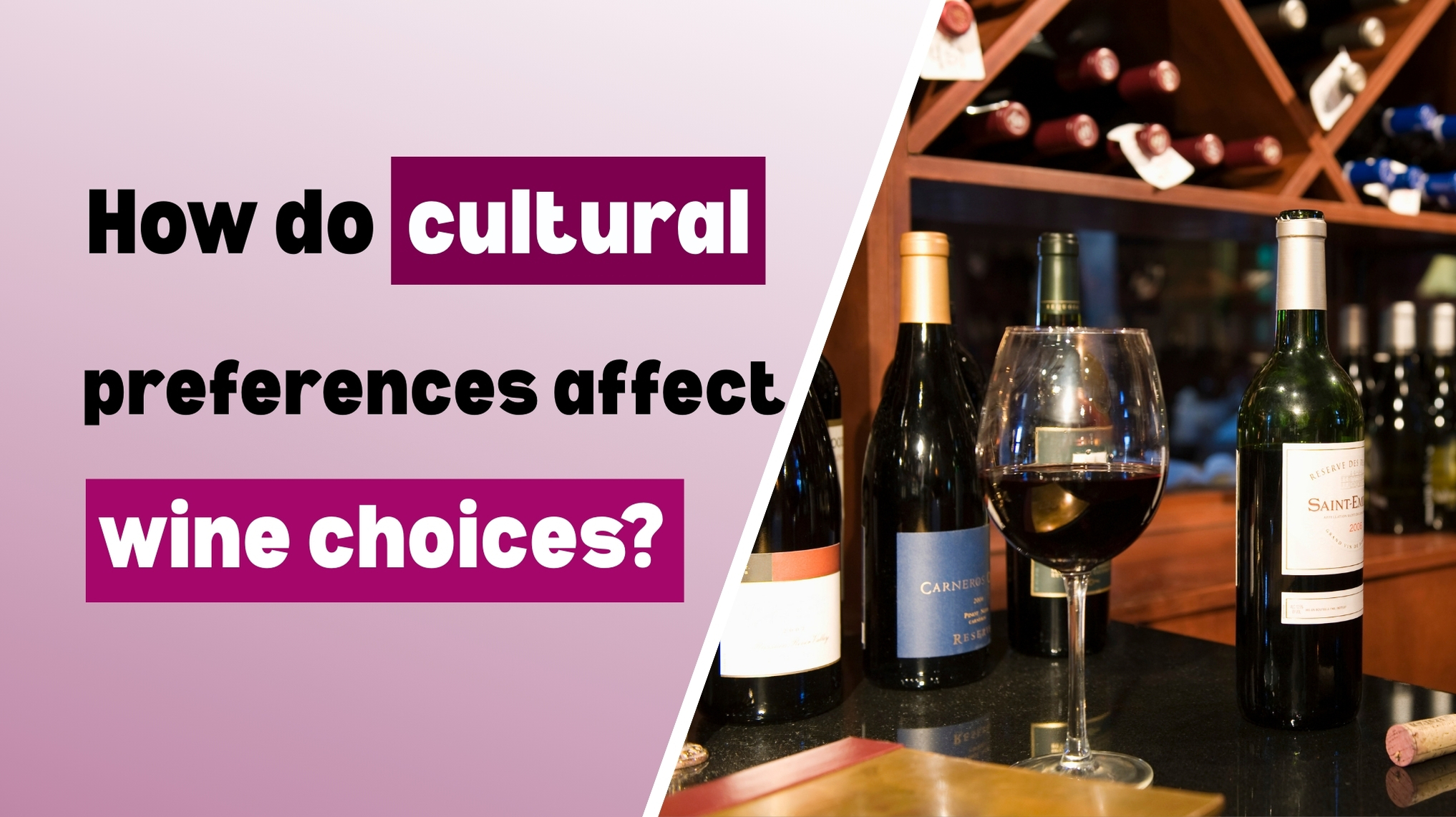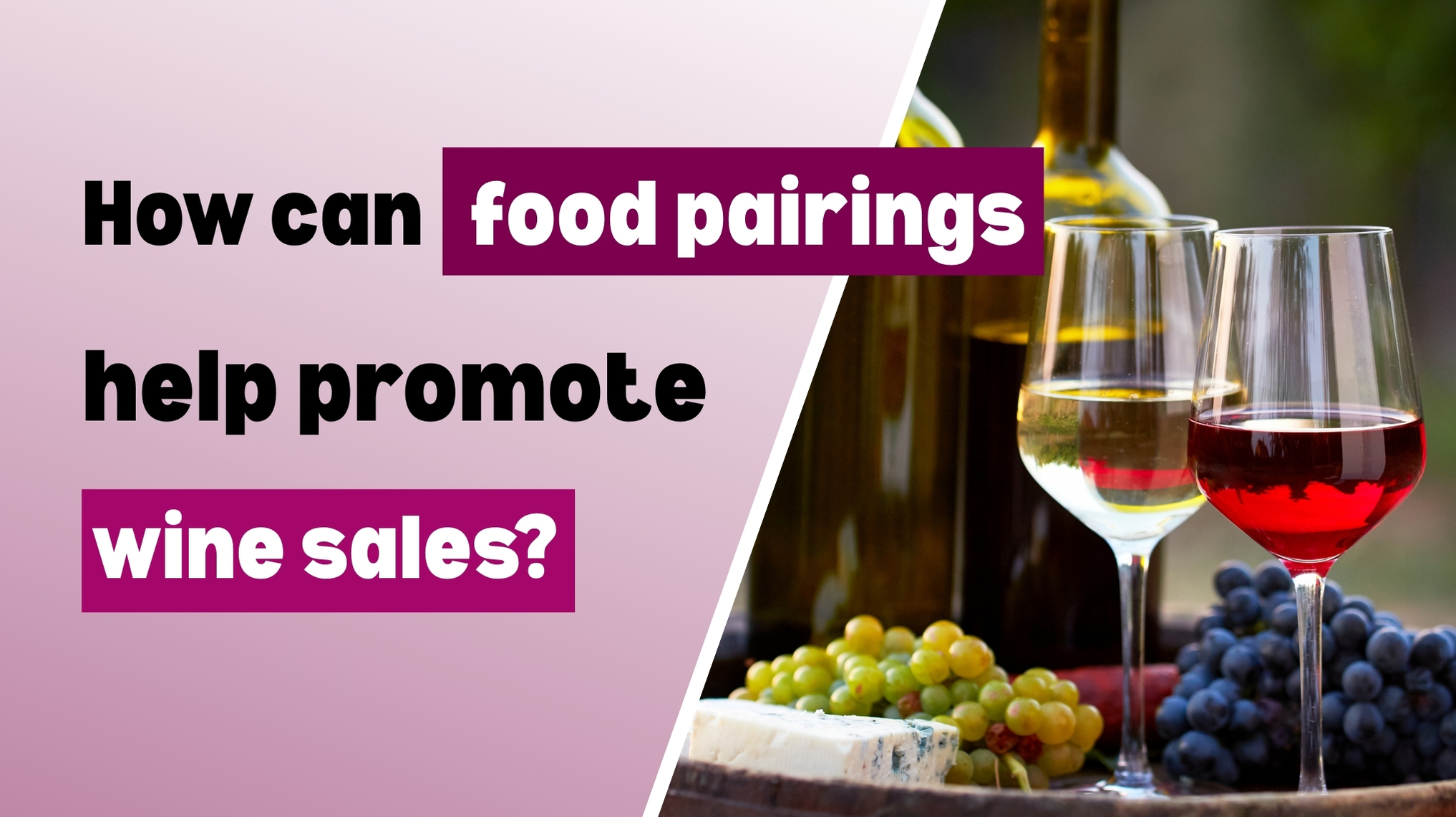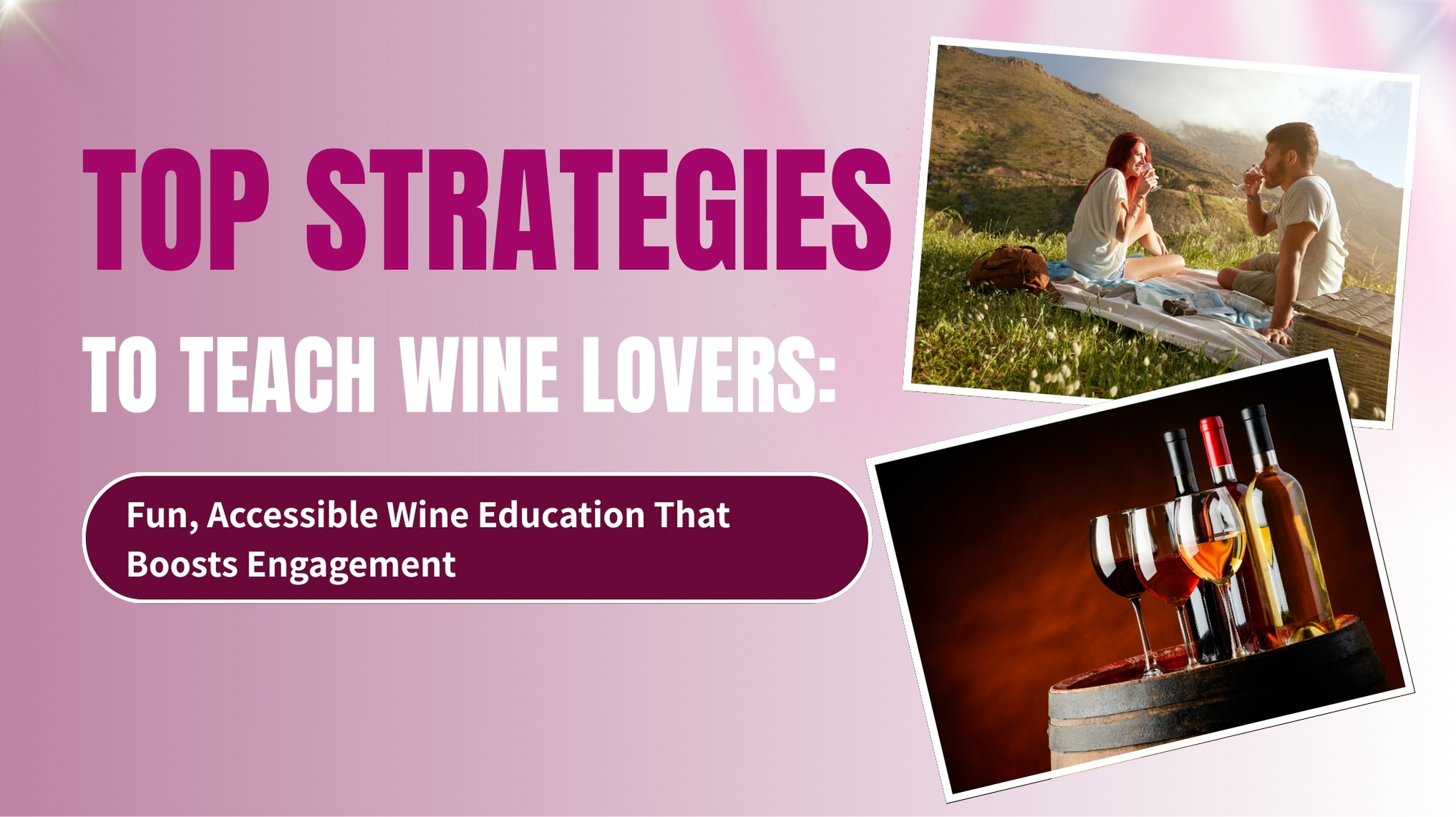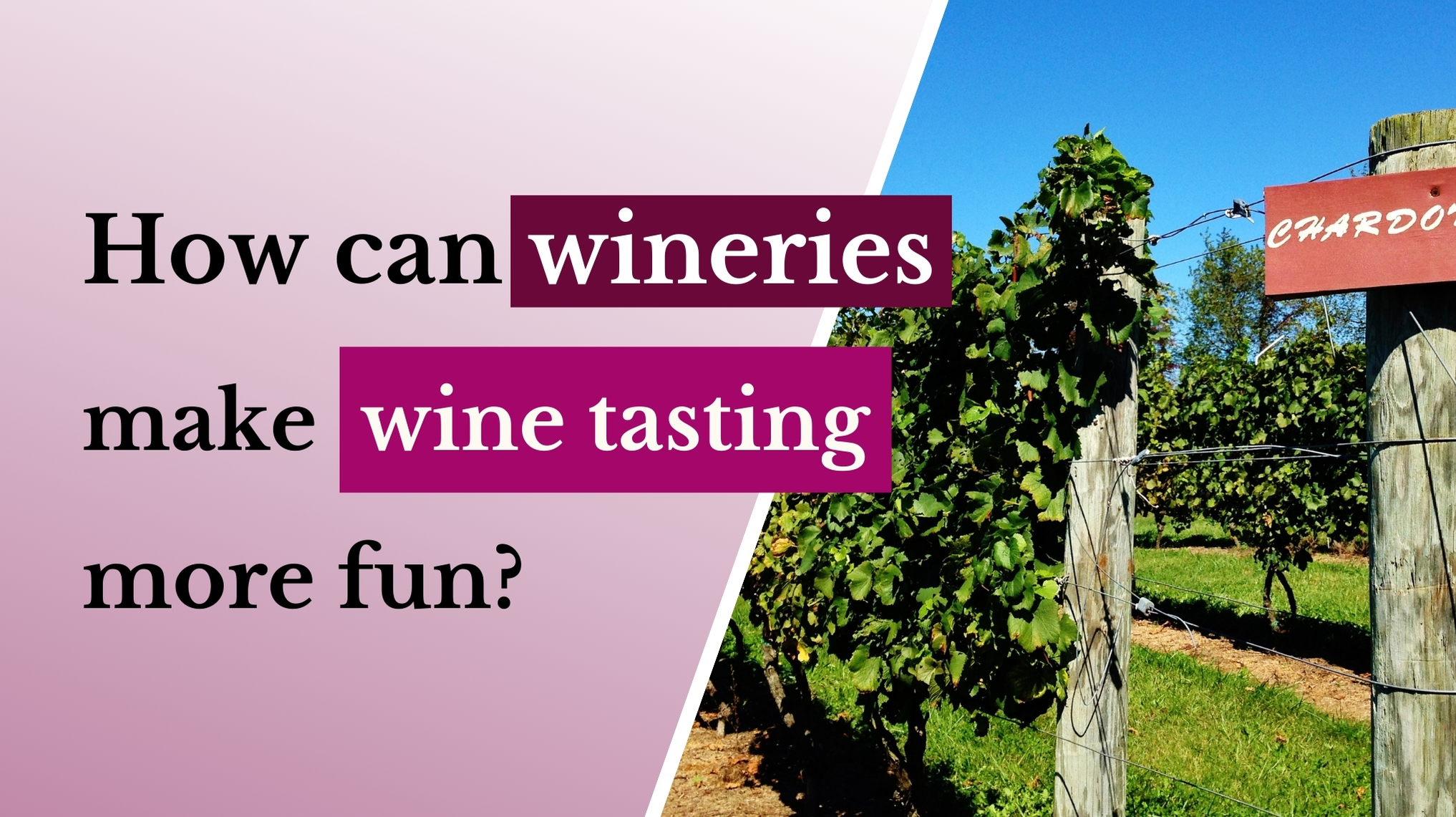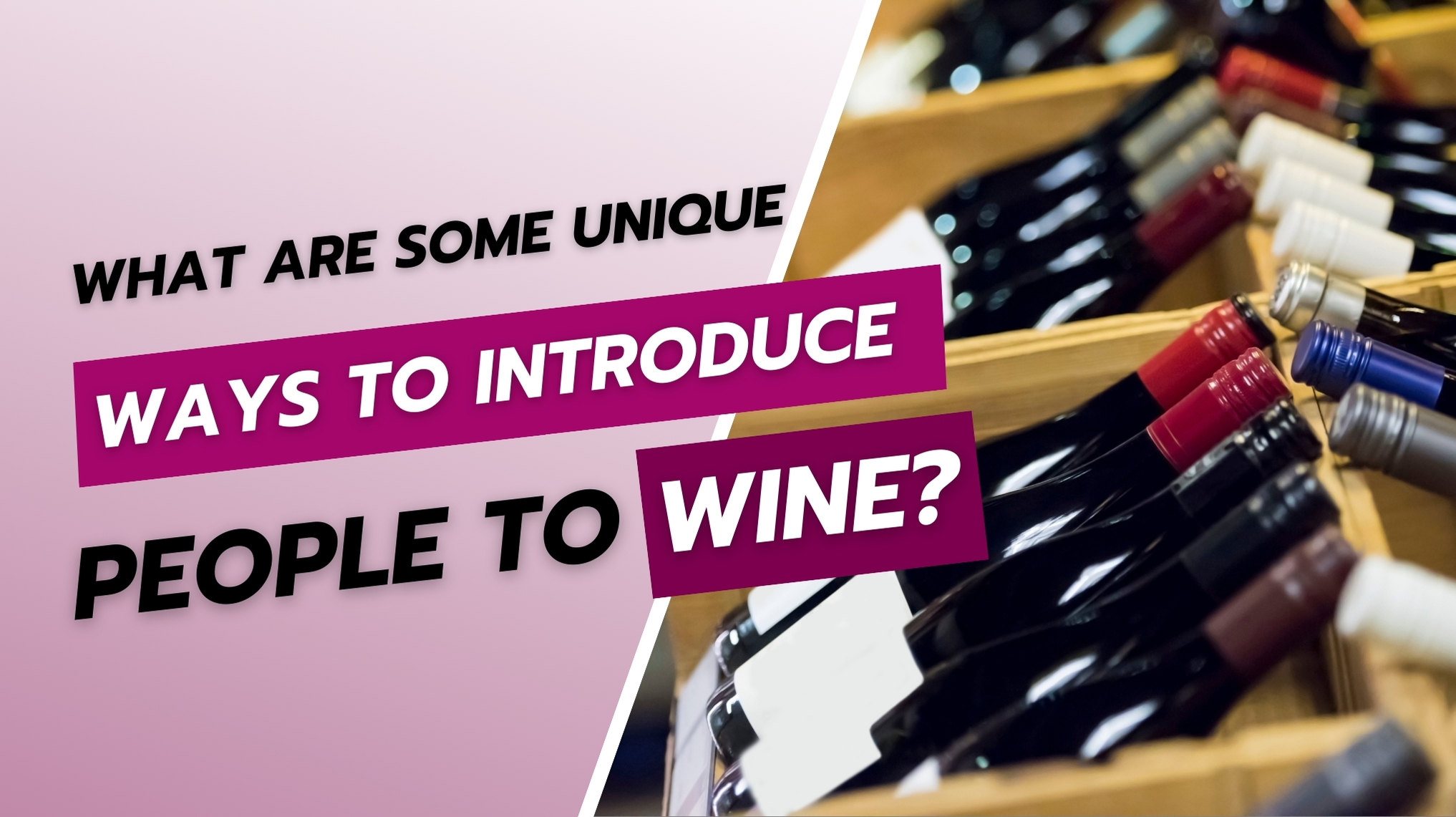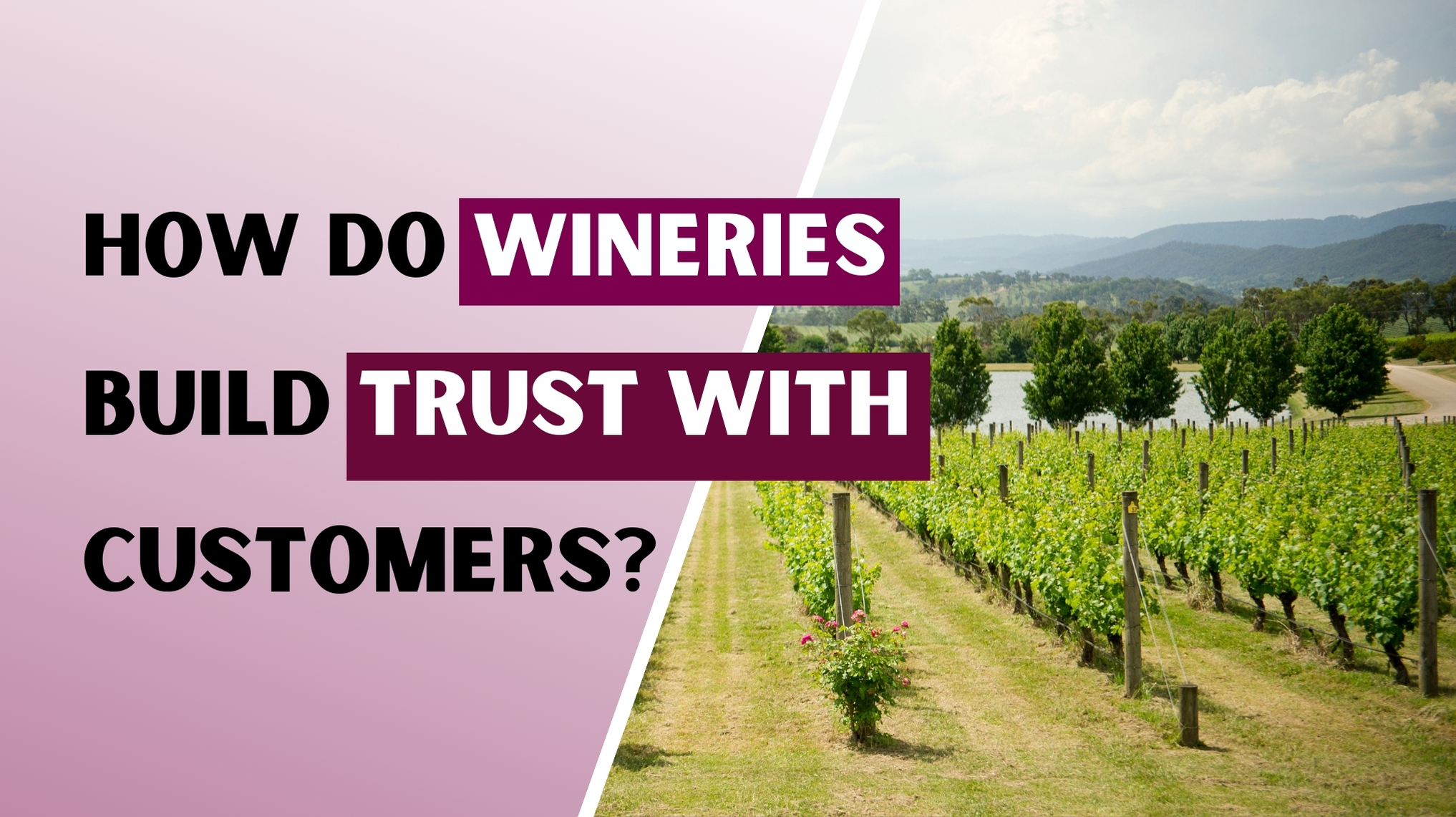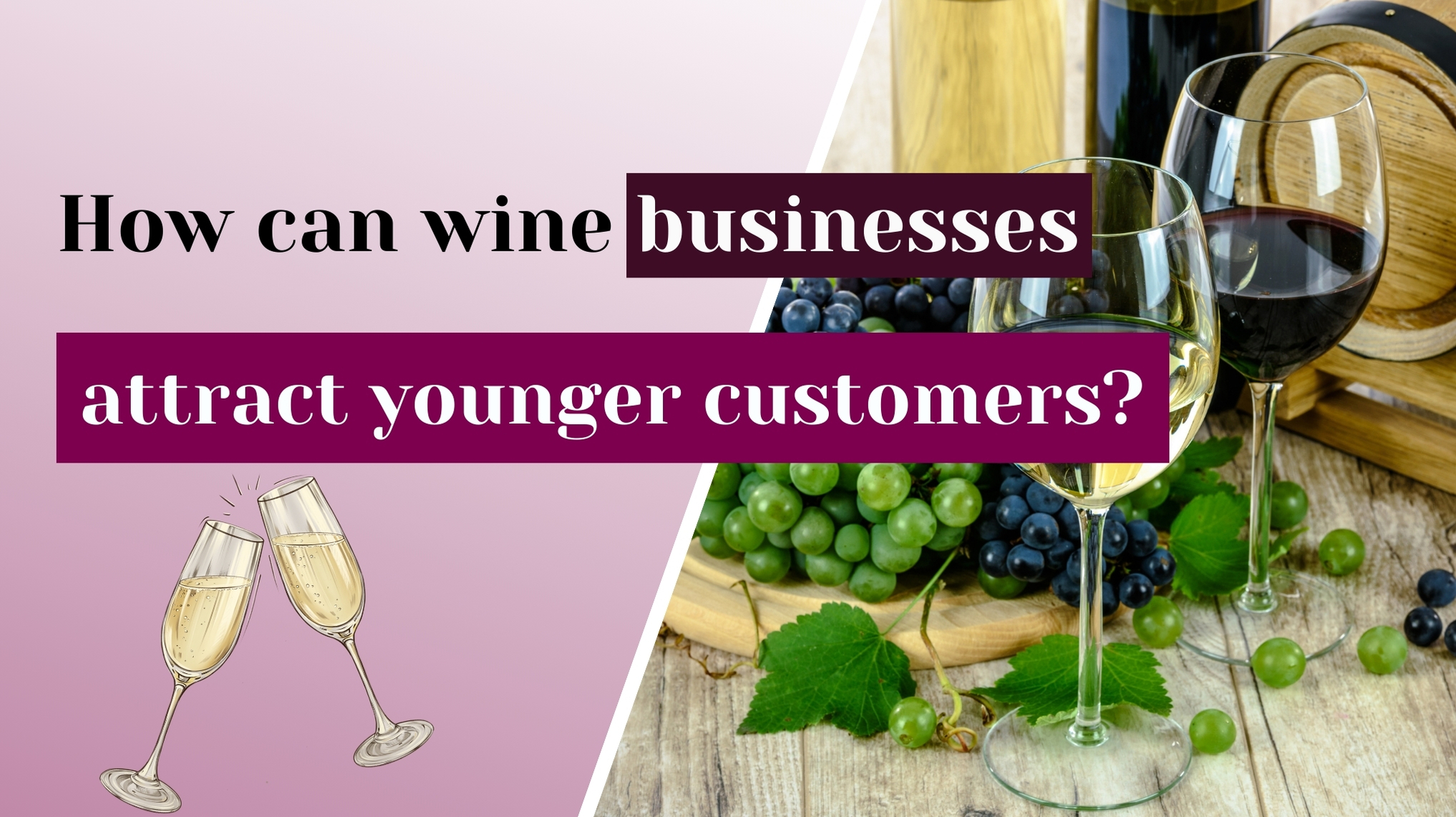Why Storytelling Works for Wine Brands?
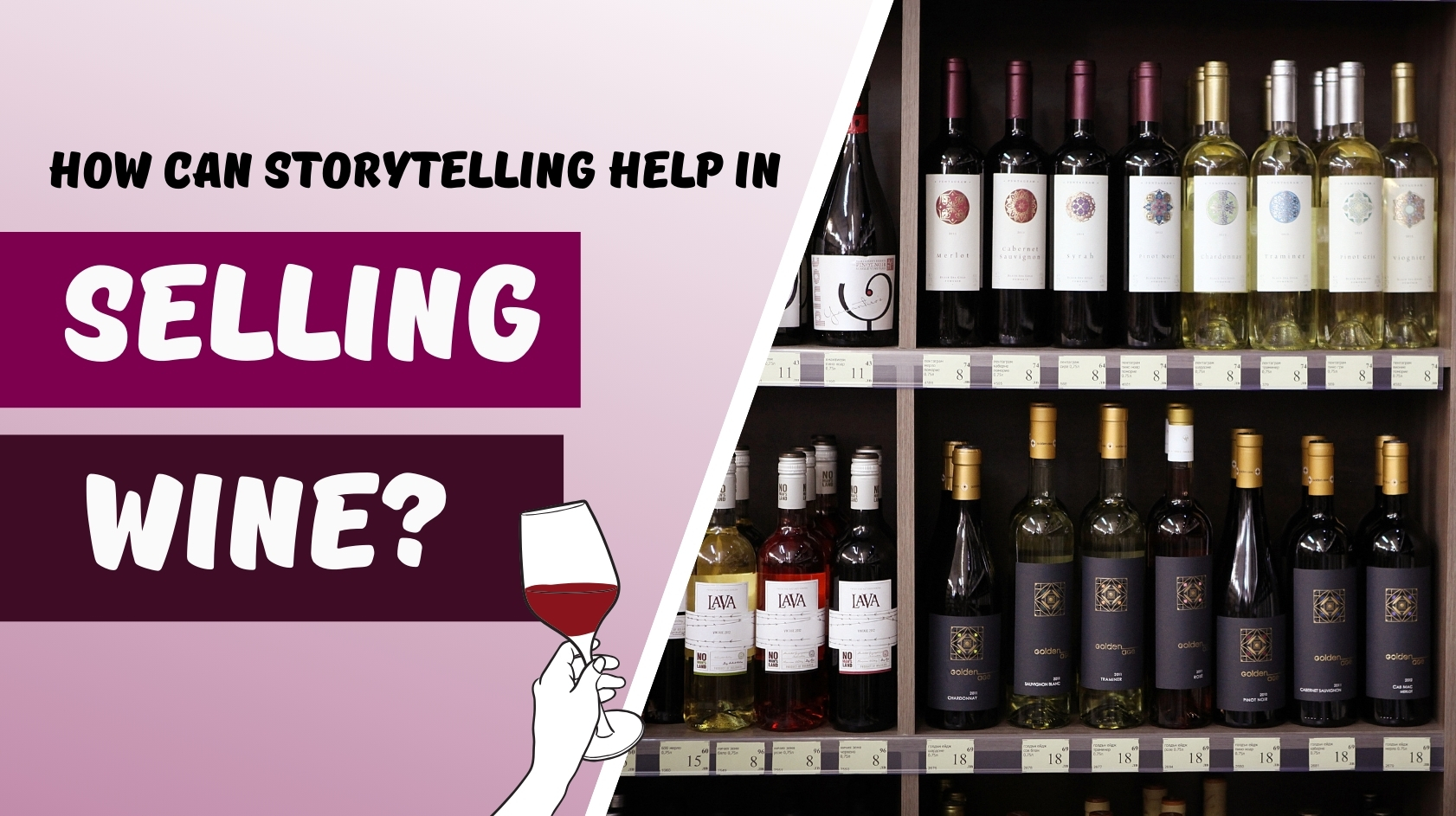
Telling stories is one of the most powerful tools wineries can use. People connect with emotion, not just facts. When you share real stories about your vineyard, winemaking, or team, your wine becomes more than just a drink—it becomes a memory.
Storytelling helps you stand out, build trust, and create loyal customers. It can even boost sales and help you charge premium prices.
Wineries that used storytelling in their marketing saw their total sales go up by 25% and tasting room revenue more than double.
The Psychology Behind Storytelling
Stories work because they tap into how our brains are wired.
Emotional Connection
When your story makes people feel something—like joy, pride, or nostalgia—they remember your brand.
Better Memory and Recognition
People are more likely to remember a small-batch wine with a story about preserving bison habitats than a generic “2019 red blend.”
Trust and Authenticity
Behind-the-scenes videos or founder stories show the human side of your brand. People trust brands that share real stories.
Ways to Share Your Winery’s Story
1. Website and Blog Content
Your website is the perfect place for long-form storytelling.
Share the history of your vineyard
Write about how you harvest, ferment, or age your wines
Post customer stories or testimonials
When done right, these blog posts also help with SEO, bringing more people to your site.
2. Social Media Posts and Visual Content
Social media is great for quick, visual stories.
Post Instagram Reels or TikToks from the vineyard or cellar
Share behind-the-scenes tours or winemaker interviews
Use polls and questions in Instagram Stories to involve your followers
Encourage customers to tag your brand and share their wine experiences
This type of storytelling keeps your brand active and relatable online.
3. Packaging and Interactive Labels
Your bottle can tell a story even before someone takes a sip.
Use creative labels with themes tied to your vineyard or values
Add a QR code that links to videos, pairings, or behind-the-scenes footage
Include your sustainability journey or eco-certifications on the label
Some brands even use augmented reality (AR) to bring their labels to life—like 19 Crimes, whose bottles “talk” when scanned.
4. Virtual Tastings and Experiences
With more people shopping online, digital storytelling matters more than ever.
Host live tastings on Zoom or Facebook Live
Create short videos featuring your team, grapes, or winemaking process
Send personalized videos or notes in wine club shipments
These experiences help online customers feel like part of your winery family.
Real-Life Examples of Wine Storytelling
Q10 Wines
An ad showing the founder walking through the vineyard with his young son and telling a personal story increased total sales by 25% and tasting-room income by over 100%.
19 Crimes
Their bottles use AR and storytelling to bring outlaw characters to life, creating a fun and memorable experience that made the brand go viral.
Fetzer’s 1000 Stories
This line ties each bottle to a story—like bourbon-barrel aging and wildlife conservation—connecting with customers who care about nature and craft.
How to Build Your Storytelling Strategy
Find Your Unique Stories
Interview your founders, winemakers, or long-time staff. Share why the vineyard started, what challenges you faced, or what makes your land special.
Pick a Story Framework
Use structures like the hero’s journey (your winemaking adventure), a values story (your eco-friendly mission), or community spotlights (local partnerships).
Use Customer Data
Tailor stories to your audience. Eco-conscious buyers may love your sustainable farming journey, while collectors might want a deep dive into barrel aging.
Stay Consistent
Your brand story should show up everywhere—on labels, emails, social media, your website, and tasting events.
Train Your Team
Teach your tasting-room staff how to tell your brand’s story. Give them key talking points or stories they can share with guests.
How to Measure the Impact of Storytelling
Track these key metrics to see how well your stories are working:
Video views, social shares, and blog time-on-page
Sales growth during or after storytelling campaigns
Willingness to pay more for story-driven products
Referrals and word-of-mouth mentions online
Platforms like Google Analytics and your CRM can help you track these numbers.
FAQs About Storytelling in Wine Marketing
1. Why does storytelling matter in wine sales?
People remember stories. They build emotional connections, which drive loyalty and sales.
2. What platforms are best for sharing wine stories?
Start with your website, Instagram, email newsletters, and even your wine labels.
3. Can storytelling really increase revenue?
Yes. Wineries that use authentic stories have seen sales go up by more than 25%.
4. How long should wine stories be?
Keep social stories short and visual. Use longer stories on your website or in emails.
5. Do I need a professional writer or filmmaker?
Not necessarily. Authentic, simple stories told with your phone can work just as well—especially on social media.
6. What kind of stories should I tell?
Talk about your vineyard, your people, your process, your values, and your customers.

